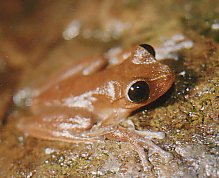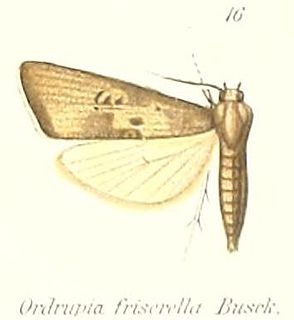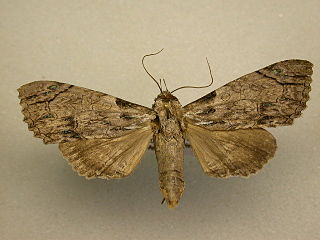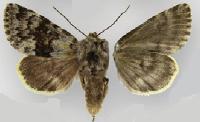
The orthopteran family Rhaphidophoridae of the suborder Ensifera has a worldwide distribution. Common names for these insects include the cave wētā, cave crickets, camelback crickets, camel crickets, spider crickets and sand treaders. Those occurring in New Zealand, Australia, and Tasmania are typically referred to as jumping or cave wētā. Most are found in forest environments or within caves, animal burrows, cellars, under stones, or in wood or similar environments. All species are flightless and nocturnal, usually with long antennae and legs. More than 1100 species of Rhaphidophoridae are described.

The family Gryllidae contains the subfamilies and genera which entomologists now term true crickets. They belong to the Orthopteran subfamily Ensifera, having long, whip-like antennae and has been reduced in terms of the older literature, with taxa such as the spider-crickets and allies, sword-tail crickets, wood or ground crickets and scaly crickets elevated to family level. The type genus is Gryllus and the first use of the family name "Gryllidae" was by Walker.

The Microhylidae, commonly known as narrow-mouthed frogs, are a geographically widespread family of frogs. The 683 species are in 63 genera and 11 subfamilies, which is the largest number of genera of any frog family.

Nyctimystes is a genus of tree frogs in the family Pelodryadidae. They are principally Papuan species, but also inhabit islands in the Moluccas. All species in this genus have one distinct feature that separates them from other species in the family, the lower eyelid is marked with pattern of lines, veins, or dots. This feature presumably acts as camouflage when the frogs are at rest during the day.

Copromorphidae, the "tropical fruitworm moths" is a family of insects in the lepidopteran order. These moths have broad, rounded forewings, and well-camouflaged scale patterns. Unlike Carposinidae the mouthparts include "labial palps" with the second rather than third segment the longest. With other unusual structural characteristics of the caterpillar and adult, it could represent the sister lineage of all other extant members of this superfamily. The genus Sisyroxena from Madagascar is also notable for its unusual venation and wing scale sockets.

The Plutellidae are a family of moths commonly known as the diamondback moths, named after the diamondback moth of European origin. Some authors consider this family to be a subfamily of the Yponomeutidae, but it is usually considered to be a family in its own right, and have three subfamilies, Plutellinae, Praydinae, and Scythropiinae.

Agaraea is a genus of tiger moths in the family Erebidae. The genus was erected by Gottlieb August Wilhelm Herrich-Schäffer in 1855.

Cisseps is a genus of moths in the family Erebidae erected by John G. Franclemont in 1936.

The Thyatirinae, or false owlet moths, are a subfamily of the moth family Drepanidae with about 200 species described. Until recently, most classifications treated this group as a separate family called Thyatiridae.
Melisa is a genus of moths in the family Erebidae. The genus was erected by Francis Walker in 1854.
Stigmatophora is a genus of moths in the family Erebidae. The genus was described by Staudinger in 1881.

Boryzops is a genus of moths in the family Erebidae.
Bulia is a genus of moths in the family Erebidae.

Ianius is a monotypic moth genus in the family Erebidae described by Richards in 1939. Its only species, Ianius mosca, was first described by Harrison Gray Dyar Jr. in 1910. It is found in Mexico and the southern United States, where it has been recorded from Texas.
Ecnomia is a monotypic moth genus of the family Noctuidae. Its only species, Ecnomia hesychima, is found in Australia in Western Australia, the Northern Territory and Queensland. Both the genus and species were first described by Turner in 1936.

Lasionycta is a genus of moths of the family Noctuidae.

Metalectra is a genus of moths of the family Erebidae described by Jacob Hübner in 1823.

Nothocasis is a genus of moths in the family Geometridae described by Prout in 1936.
Bulia similaris is a species of moth of the family Erebidae. It is found from southern California south to Baja California, east to southern Arizona, northwestern Sonora, western Texas and eastern Mexico.

Autosticha is a genus of gelechioid moths. It belongs to the subfamily Autostichinae, which is either placed in the concealer moth family (Oecophoridae), or in an expanded Autostichidae. It is the type genus of its subfamily. Originally, this genus was named Automola, but this name properly refers to a fly genus in family Richardiidae.












